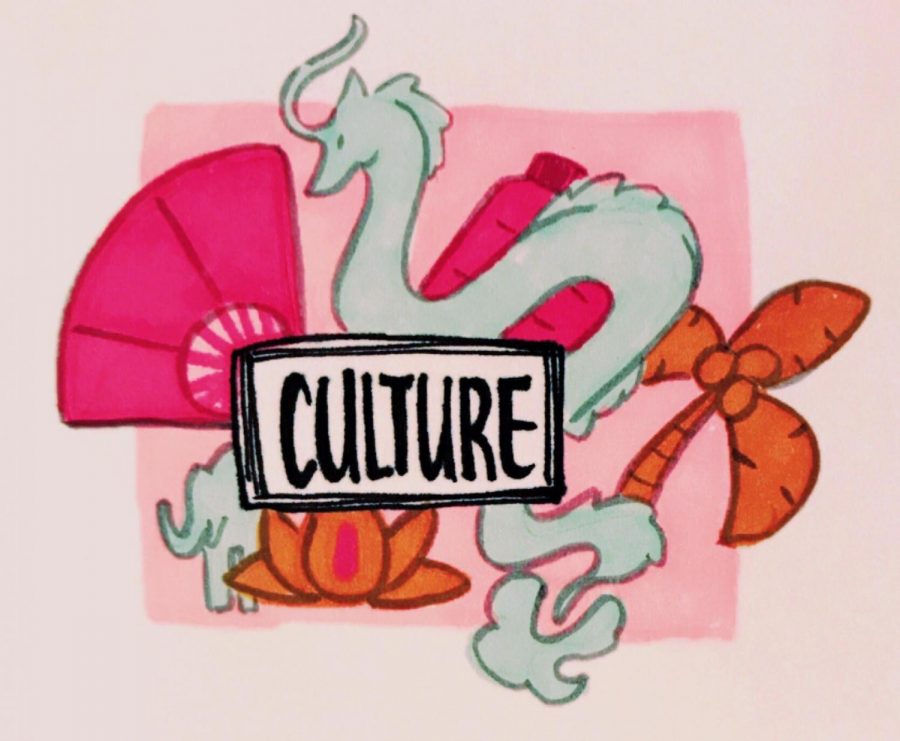Cultural Appreciation vs. Appropriation
October 12, 2018
Cultural appropriation has been a never-ending controversy in our country, with new cases frequently popping up in the media. So what exactly is cultural appropriation? It’s usually defined as the inappropriate use of the customs, practices, ideas, etc. of a people or society by members of another and typically more dominant people or society. However, the definition brings up several questions as to what is considered “inappropriate adoption.” This is where the fine line between appropriation and appreciation comes into play, and there is no simple explanation.
More specifically, cultural appropriation includes the following: taking credit for or making a profit off of another culture, using a sacred piece of another culture as a decoration or costume, disregarding the history of a culture, and disrespecting the people of the culture while using it without their consent.
Some of the most prominent arguments surrounding cultural appropriation involve fashion and privilege, such as white celebrities wearing dreadlocks, the commercialization of Native American headdresses, high fashion uses of turbans, and drawing on racial stereotypes. Culture is not a trend. It is a combination of traditions, language, art, and history that has connected people for generations. Therefore, a people’s culture belongs to them, as it is a part of their personal or spiritual identity.
Victoria Secret’s Native American warbonnet is a perfect example of misappropriation, the misuse of a cultural item, as it is a sacred headpiece worn solely by highly respected male leaders. This is the same reason why Gucci was highly criticized for styling Sikh turbans on white models, as these turbans are not high fashion accessories but a symbol of faith. Additionally, one of the biggest reasons why cultural appropriation is wrong is because of the disrespect and lack of credit toward the people of a culture. When white celebrities wear dreadlocks or cornrows “just for fun”, many receive acclaim, but the African American community is bashed for being “unprofessional” by wearing such hairstyles, there is a clear double standard that must be addressed. After styling locks onto his white models in 2016, Marc Jacobs made a comment to rebut his critics which read, “funny how you don’t criticize women of color for straightening their hair.” While cultural appropriation is not limited to majority groups, there is another difference that should be stated. Assimilation due to discrimination is not the same as appropriation.
Some people argue that those who claim appropriation of their culture refuse to share their culture with others and are too sensitive about the matter. They believe that such strict reinforcement will drive interest away from and attach negative feelings to culture. Others cite the First Amendment for freedom of expression along with cultural fusion items that would not exist without the exchange.
Cultural appropriation does not mean that cultures should not be shared. There are certainly ways to respectfully borrow inspiration, but it’s all about the intent and awareness. One should always make the effort to understand the connotations attached to cultural pieces and pay homage where it is due. It is okay to be interested and invested in a different culture, and it is wonderful when culture is represented properly. Therefore, before borrowing, you should always ask yourself why you wish to borrow something from another culture and how people from that society would feel about it.

